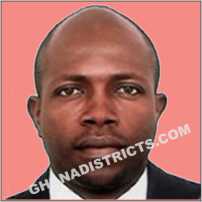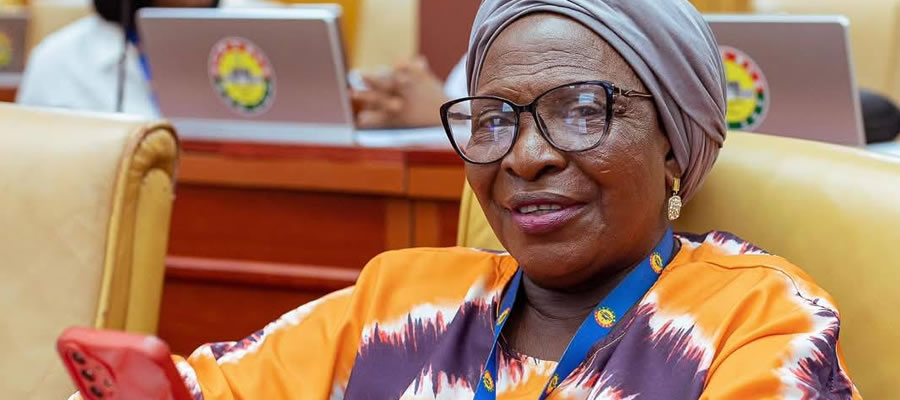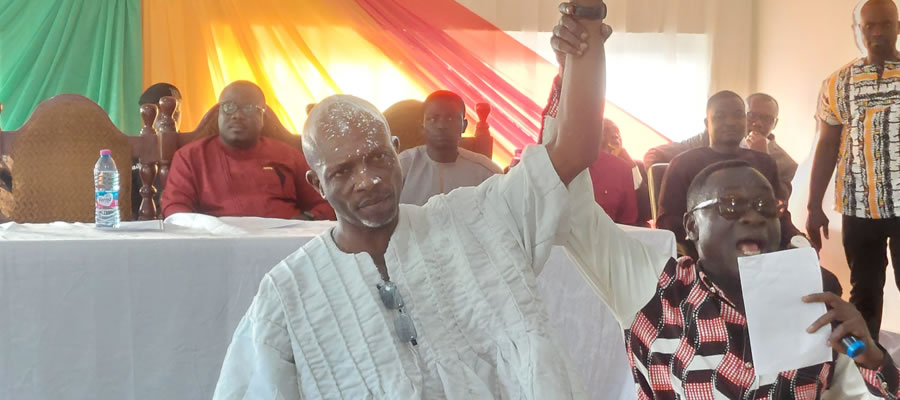

The District has 38 kindergartens, 38 Primary Schools, 19 Junior High Schools, 2 Senior High Schools (Wamfie and Wamanafo) and one (1) Mission Teachers Training College; Saint Andrews College of Education at Dormaa Akwamu. Most of the educational facilities are owned and managed by the government. In terms of location, the primary schools are the most widely distributed educational facilities in the District. Most of the communities have access to basic schools located either in the community or neighbouring community. The table below shows the number and conditions of classrooms at the educational levels at public schools
Highest Educational Level Attainment
The mere existence of these educational institutions is of no value without the majority of the people accessing it. For that reason, survey sought to know the proportionate access of people to the various levels of education. It was realized that 3.1 percent had either completed or are in Pre-School, 11.5 percent Primary or Elementary School, 36.9 percent Junior High or Middle School, 14.8 percent Senior High or Secondary School, 1 percent Business or Vocational or Technical school, 0.4 percent Tertiary and 30.5 percent had never attended school at the time of survey. The literacy rate of the District is 53.1%
From the percentages, tertiary education is very low as result of low incomes, poor performance at the Senior High School level. The resultant effect is low number of highly educated labour. This implies that programmes and projects geared towards the promotion of higher education should be designed and implemented.
Staffing Situation at Public Schools
The “Building Blocks of Education” include the teacher, learner, place, time, curricular, pedagogy, parents or community and the management of education. At the centre of education is the teacher. The teacher is the one who organizes most of the “Building Blocks of Education” and inspires learning at the various levels. The Dormaa East District has a total of 599 teachers out of which 280 are trained and 319 are untrained. The table below shows the distributions at the various levels of education.
The presence of a large number of untrained is a serious stumbling block to efficient and effective education delivery in the District. This is further worsened by the fact that the pupil-teacher ratio at the JHS is higher above the national and the standard for educational institutions. Also, though that of the primary school is lower than the national and that of the standard, the numerous untrained teachers’ overwhelmed it relevance. Depicted below in the table indicates the comparison of the District Teacher-Pupils Ratio with that of the nation and the standard.
Contribution of the Private sector to Education
The contribution of the private Sector to education cannot be overemphasised. It is playing a very complementary role to the government effort of ensuring quality education and reducing illiteracy. The District could boast of 12 private kindergartens, 12 primary schools and 8 Junior High Schools.
Date Created : 11/16/2017 2:53:26 AM












 facebook
facebook
 twitter
twitter
 Youtube
Youtube
 +233 593 831 280
+233 593 831 280 0800 430 430
0800 430 430 GPS: GE-231-4383
GPS: GE-231-4383 info@ghanadistricts.com
info@ghanadistricts.com Box GP1044, Accra, Ghana
Box GP1044, Accra, Ghana